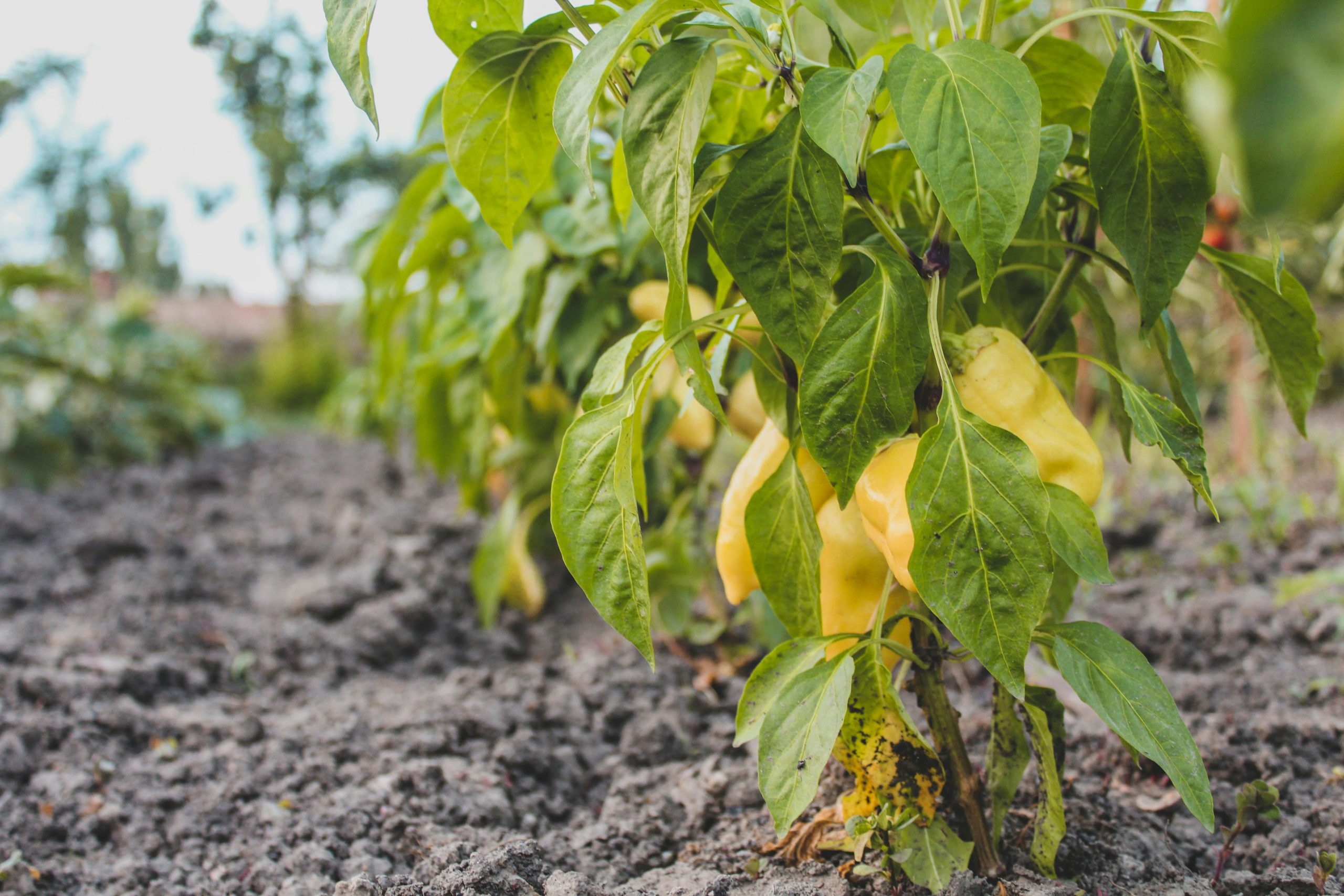Growing organic vegetables in your backyard is a rewarding and sustainable way to enjoy fresh, chemical-free produce right at home. Whether you’re a beginner or an experienced gardener, cultivating your own organic garden is easier than you think. With a little planning, patience, and care, you can transform your backyard into a thriving vegetable haven. This guide will walk you through the essential steps to get started and ensure a bountiful harvest.
Choose the Right Location
The first step to growing organic vegetables is selecting the perfect spot in your backyard. Most vegetables thrive in areas that receive at least 6-8 hours of sunlight daily. Observe your yard throughout the day to identify the sunniest spots. Avoid areas with heavy shade or where water tends to pool, as poor drainage can lead to root rot.
Soil Preparation
Healthy soil is the foundation of a successful organic garden. Start by testing your soil’s pH and nutrient levels—most vegetables prefer a slightly acidic to neutral pH (6.0-7.0). You can improve soil quality by:
- Adding compost or well-rotted manure to enrich the soil with organic matter.
- Using mulch to retain moisture and suppress weeds.
- Avoiding synthetic fertilizers or pesticides to maintain organic integrity.
Selecting the Best Vegetables to Grow
Choosing the right vegetables for your climate and skill level is crucial for a thriving garden. If you’re a beginner, start with easy-to-grow varieties like:
- Tomatoes – Versatile and productive.
- Lettuce – Fast-growing and perfect for salads.
- Carrots – Great for beginners and packed with nutrients.
- Zucchini – High-yielding and low-maintenance.
Consider planting a mix of seasonal vegetables to enjoy fresh produce year-round. Research your local growing zone to determine the best planting times for each crop.
Planting and Maintenance
Once your soil is ready and you’ve selected your vegetables, it’s time to plant. Follow these steps for optimal growth:
Planting Seeds or Seedlings
You can start your garden from seeds or purchase young seedlings from a nursery. If planting seeds, follow the packet instructions for depth and spacing. For seedlings, gently loosen the roots before planting and water immediately after transplanting.
Watering Wisely
Vegetables need consistent moisture, but overwatering can be just as harmful as underwatering. Water deeply in the morning to reduce evaporation and prevent fungal diseases. Drip irrigation or soaker hoses are excellent for delivering water directly to the roots.
Organic Pest Control
Pests can be a challenge, but chemical-free solutions are effective. Try these organic methods:
- Introduce beneficial insects like ladybugs to control aphids.
- Use neem oil or insecticidal soap for stubborn pests.
- Plant companion crops like marigolds to deter harmful insects.
Harvesting Your Organic Vegetables
The best part of gardening is enjoying the fruits (and vegetables) of your labor. Harvesting at the right time ensures peak flavor and nutrition. Here are some general guidelines:
- Leafy greens – Pick outer leaves first to encourage continuous growth.
- Tomatoes – Harvest when fully colored and slightly soft to the touch.
- Root vegetables – Gently pull them from the soil when they reach the desired size.
Regular harvesting also promotes more production, so don’t be shy about picking your veggies often!
Conclusion
Growing organic vegetables in your backyard is a fulfilling and eco-friendly way to enjoy fresh, healthy food. By choosing the right location, preparing your soil, selecting suitable crops, and maintaining your garden with organic practices, you’ll be well on your way to a successful harvest. Remember, gardening is a learning process—don’t be discouraged by setbacks. With time and effort, you’ll reap the rewards of your own homegrown organic produce. Happy gardening!
